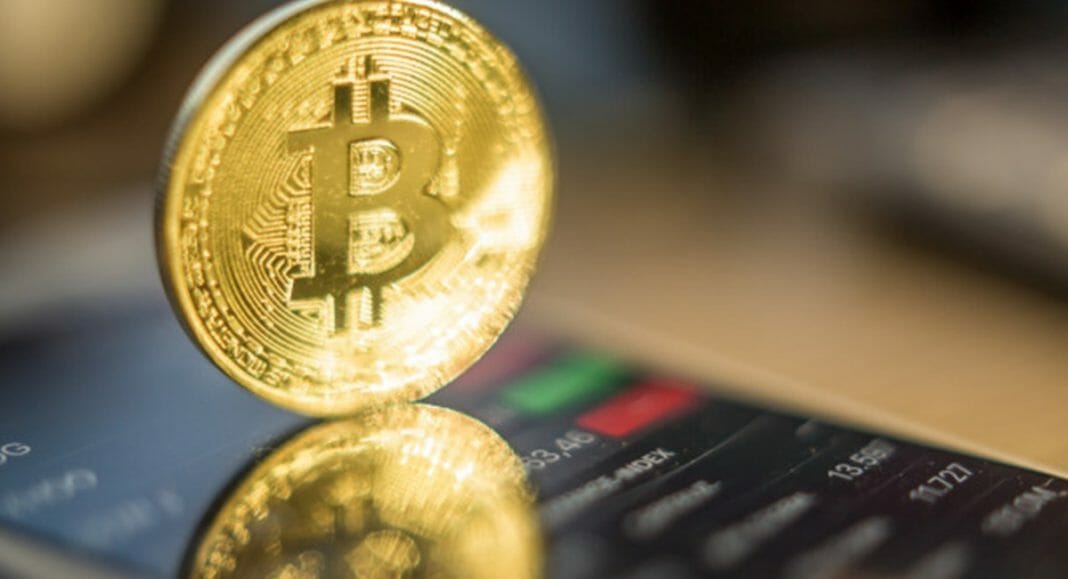The processing power of that miner did not even reach 0.01% of the Bitcoin network, which covers about 183 EH/s. The two individuals that have achieved that feat this week are part of a pool of miners with old or inefficient equipment.
For the second time in less than a week, a miner with a too low hash rate solved a block on the Bitcoin network. In that way, he took the reward of 6.25 BTC, the transaction fees confirmed in block 718,379, and an additional 0.02 BTC.
The miner earned 6.27 BTC, equivalent to more than USD 269,000 at the current price of the cryptocurrency on the market. He beat the odds with just 116 TH/s (terahashes per second) of accumulated computing power, according to developer Con Kolivas.
To contextualize, the processing power that this miner used was not even 0.01% of the total accumulated on the Bitcoin network. According to data from BTC.com, the latter covers about 183,000,000 TH/s.
Specialized mining equipment (ASICs) on Bitcoin makes it hard to solve a single block. However, that was common in the early days of the network, when people could mine the cryptocurrency using their personal computers or cell phones.
The level of difficulty to mine a block has grown exponentially since then. For that reason, the typical way to join the mining industry is to belong to a pool of miners. They combine their respective computing powers and distribute the profits for each block to all the participants. In that way, each miner guarantees frequent rewards even though none of his devices finds the block.
Another Miner Achieves the Same Feat in Previous Days
The above miner individually took the prize on this occasion, but his operation was not entirely solitary. He belongs to a not-for-profit pool of miners, like another one that achieved the same feat in recent days.
That miner also had too low computing power on the Bitcoin network but could solve a block and claim the reward alone. Developer Con Kolivas said that this was one chance in 10,000.
He earned 6.35 BTC, equivalent to more than USD 273,000 at the current price of the cryptocurrency on the market. He beat the odds with just 126 TH/s of accumulated computing power.
The approach of that mining group makes it possible to achieve cases like the ones recently seen. If a member solves the block, he keeps 98% of the reward and leaves the other 2% for developing and maintaining the pool.
Miners whose old or inefficient equipment would never allow getting any rewards to consider that approach attractive. They describe pool mining as a lottery but do not profit with solo mining if they do not find a block.
Cryptocurrency mining is an increasingly relevant activity worldwide, and many users try doing it from home. However, their share of computing power is too low to solve a Bitcoin block and take the corresponding reward. For that reason, they join others to increase their capacity amid growing difficulty to mine.
By Alexander Salazar











